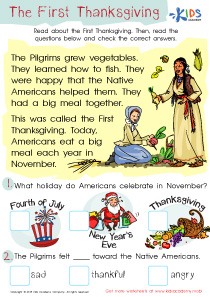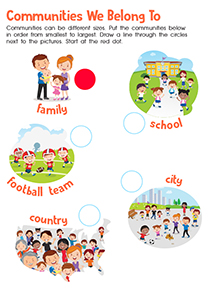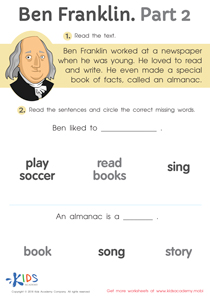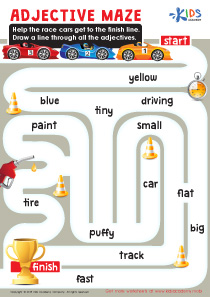Map reading skills Grade 2 Geography Worksheets
3 filtered results
Difficulty Level
Grade
Age
-
From - To
Subject
Activity
Standards
Favorites
With answer key
Interactive
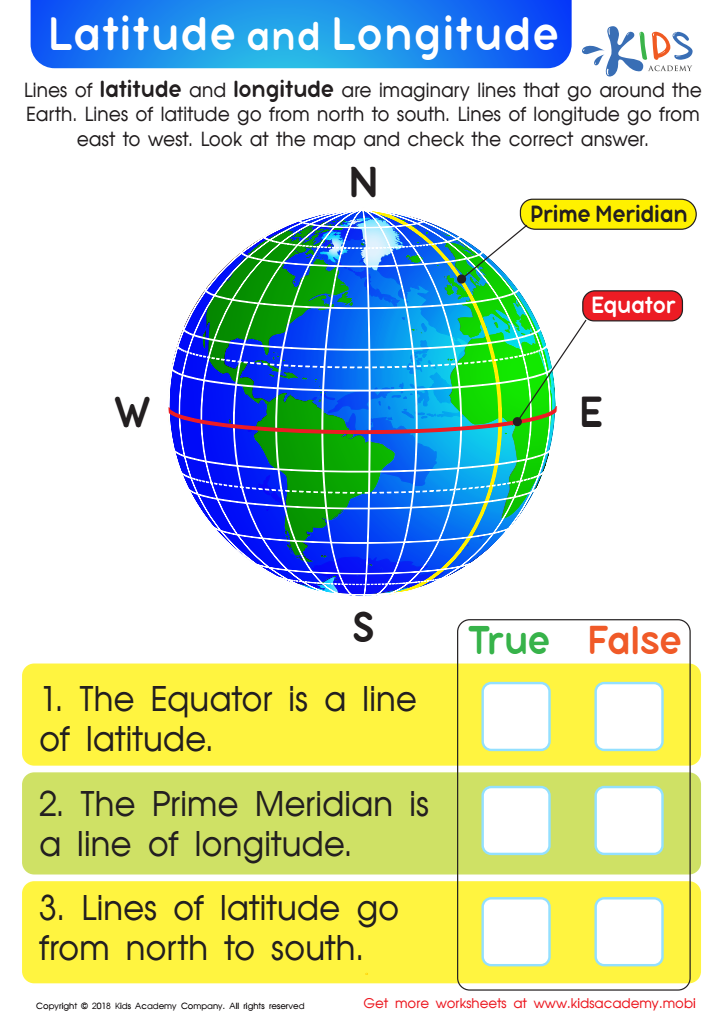

Latitude and Longitude Worksheet
Learning latitude and longitude can be challenging. This free PDF worksheet helps students understand the Equator, Prime Meridian, and lines of latitude and longitude. Questions help you assess their concept connection. It's an essential skill and an essential base for further geography studies.
Latitude and Longitude Worksheet
Worksheet
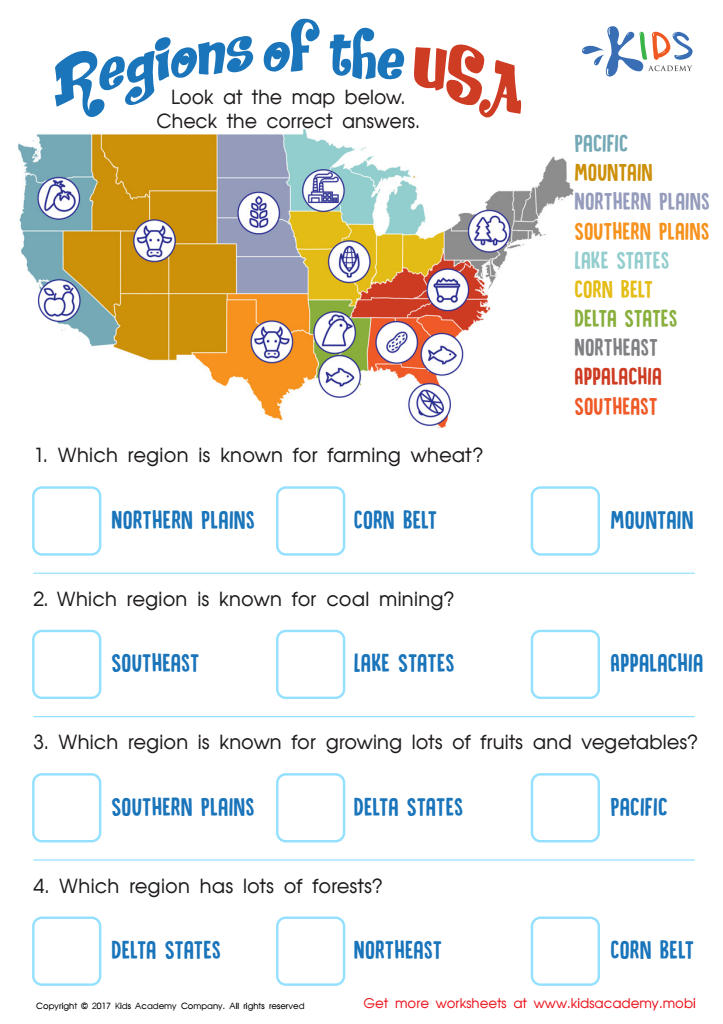

Regions of the USA Worksheet
Help your child explore the US with this regions of the United States worksheet! They'll learn about the diverse cultures, climates and purposes of each region. Make geography and US history fun with this educational exercise!
Regions of the USA Worksheet
Worksheet
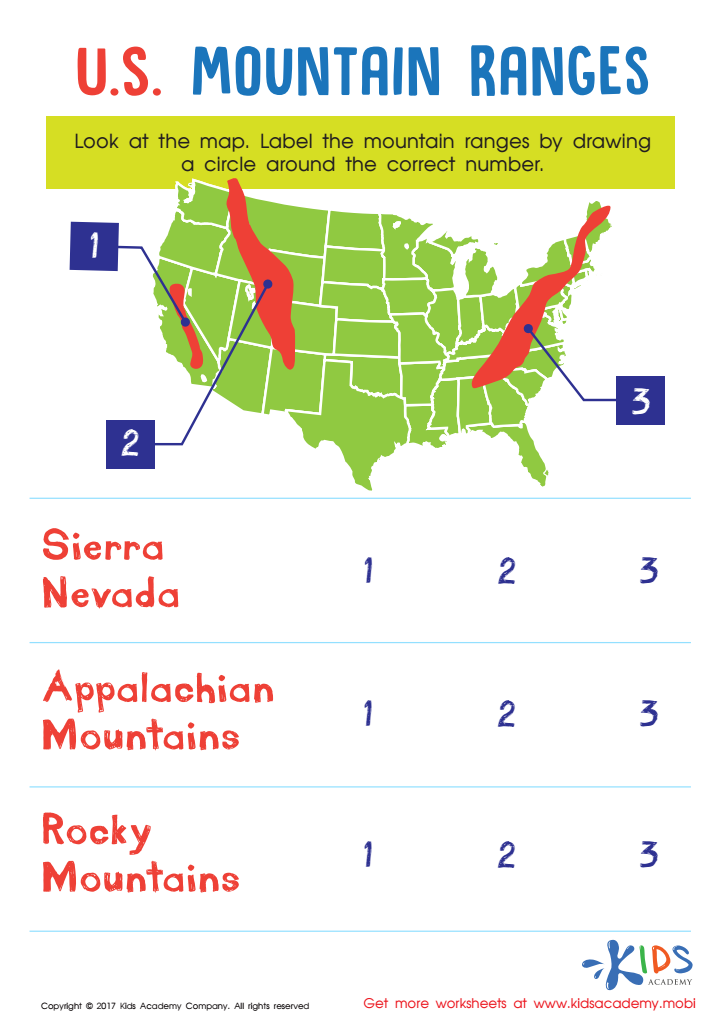

US Mountain Ranges Worksheet
Introduce your little one to the U.S. with this Mountain Ranges worksheet! It'll help them recognize the major ranges and locate them on a map, sharpening their map skills.
US Mountain Ranges Worksheet
Worksheet
 Assign to the classroom
Assign to the classroom

